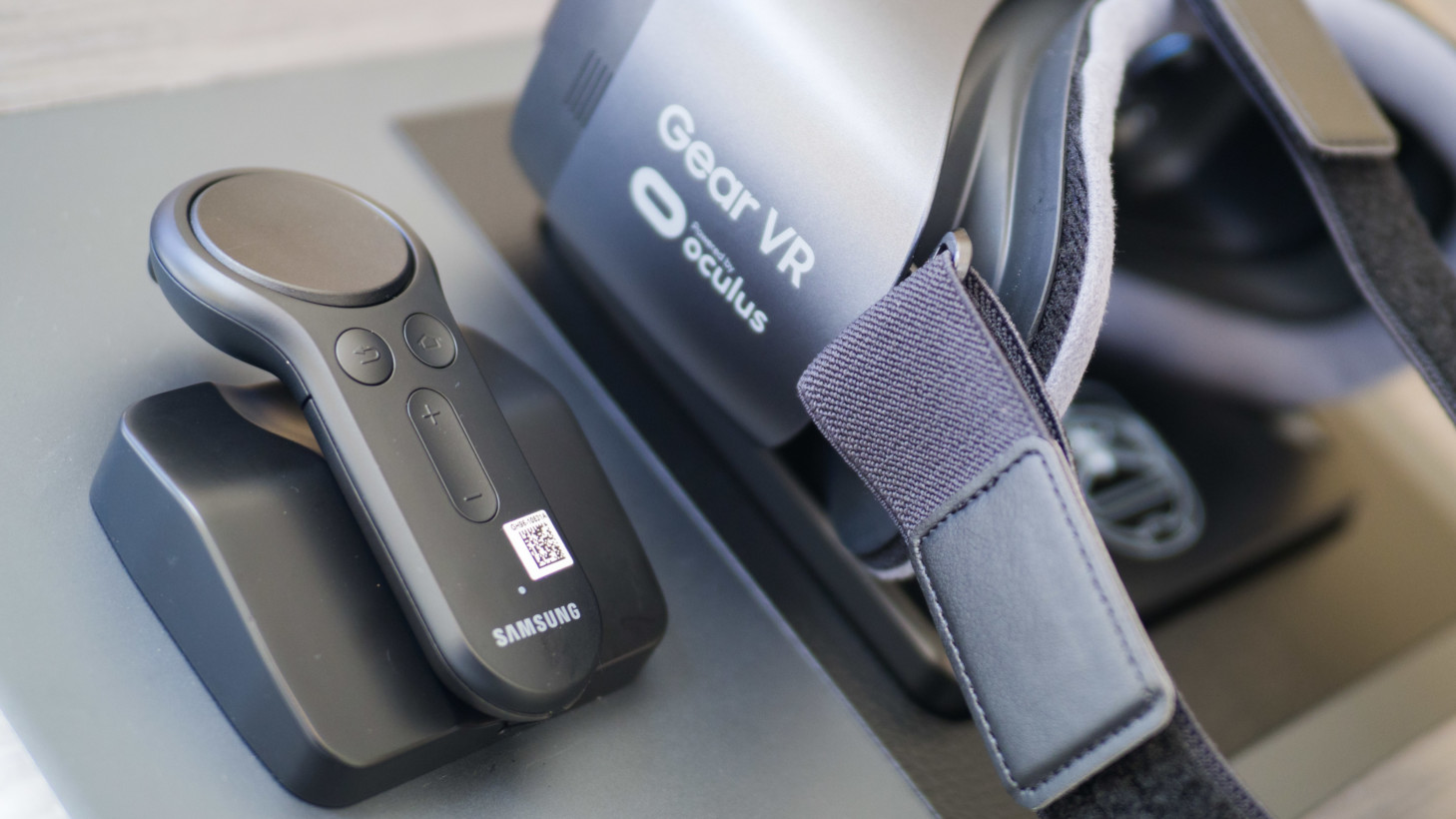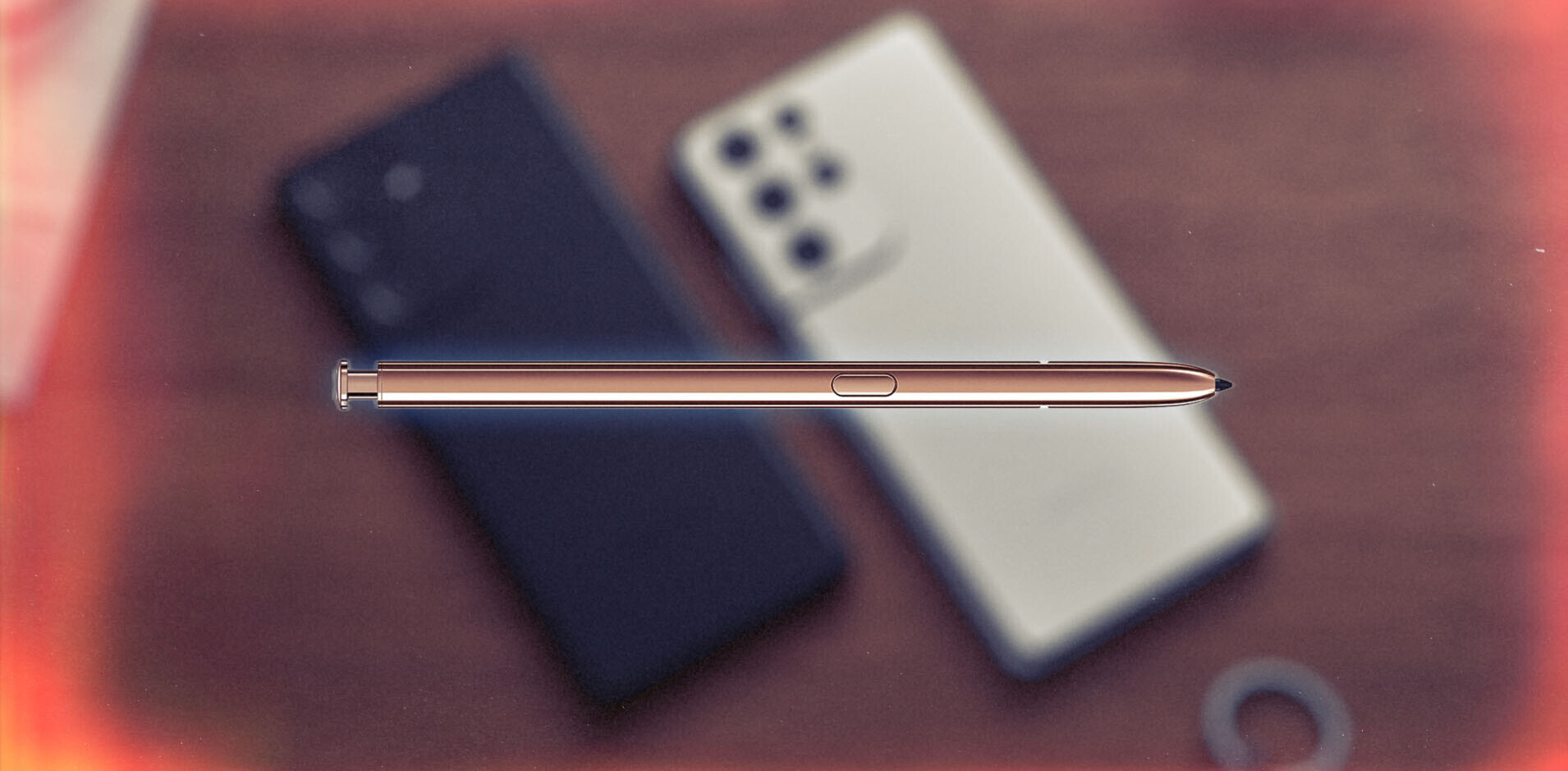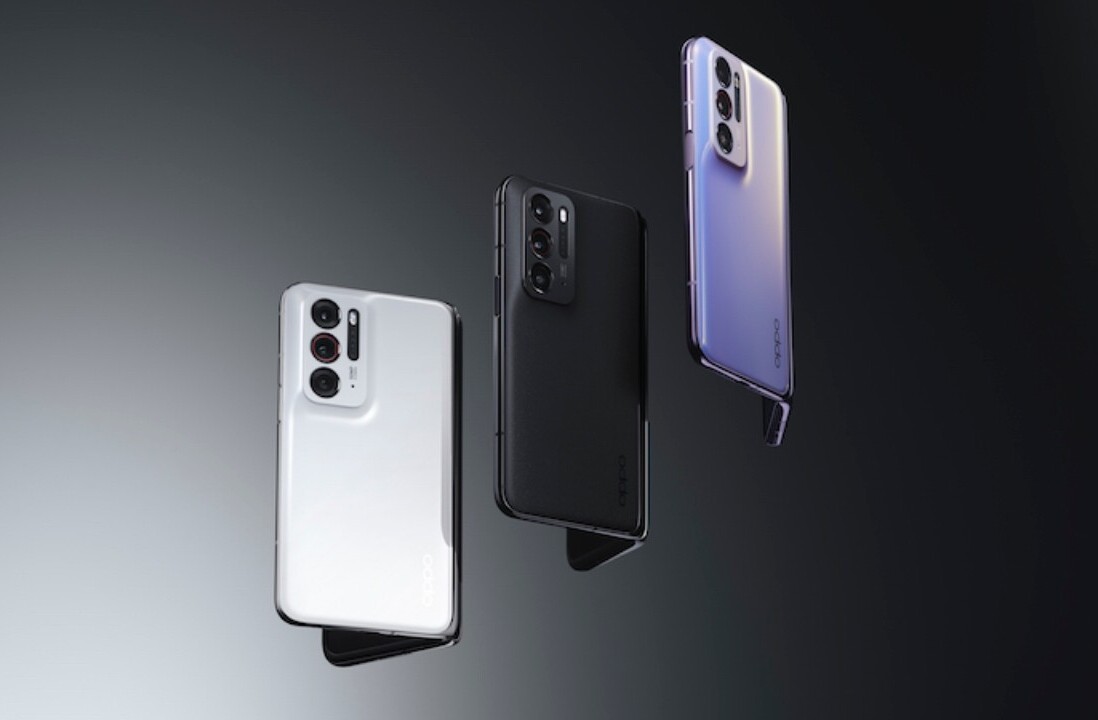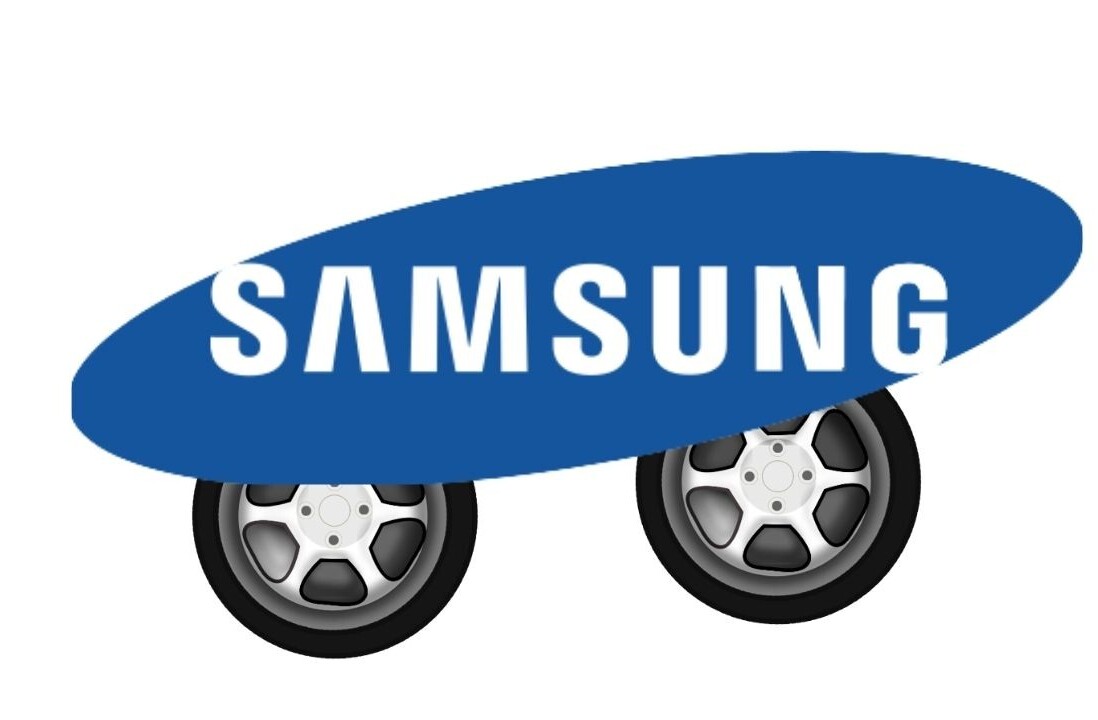
Samsung has announced a motion controller for the Gear VR, at last addressing the headset’s biggest problem. It was first introduced during Mobile World Congress, but now we have a date and a price: It will be available April 21 for $39 on its own, or $129 paired with the headset.
The controller resembles a pared-down version of the HTC Vive remote (or a slightly more powerful Google Daydream one). On the front, you get home, back and volume buttons, as well as a clickable trackpad. On the rear, there’s a trigger button. Inside you have an accelerometer, gyrometer, and magnetic sensor.

It’s powered by two AAA batteries, which can supposedly provide 40 days of battery life with two hours of daily use. There’s also a strap on the new headset to hold the controller, which appears to be the only difference from the previous Gear VR. Otherwise, the controller is compatible with older versions of the headset just fine.
It’s about time Samsung introduced an official controller. The Gear VR has some of the best immersive experiences outside of a Rift or Vive, but relying on a small touchpad on the side of the headset is cumbersome, to say the least. You could use a Bluetooth controller, but VR often works better with motion controls anyway. Google got it right by including a controller with its Daydream headset by default.
Using the controller briefly during Samsung’s S8 event, it feels like a no-brainer addition to the Gear VR experience. It’s a little heftier than Google’s controller, and the trigger button adds a very welcome secondary input option. That said, there are still games that require too many button presses to work properly with a single remote, so you’ll still have to rely on a traditional Bluetooth controller for some titles.
The price premium might be a bit of a deterrent, but the motion controller is a breath of fresh air for the Samsung’s VR platform. It probably should have been there in the first place, but better late than never.
Get the TNW newsletter
Get the most important tech news in your inbox each week.





